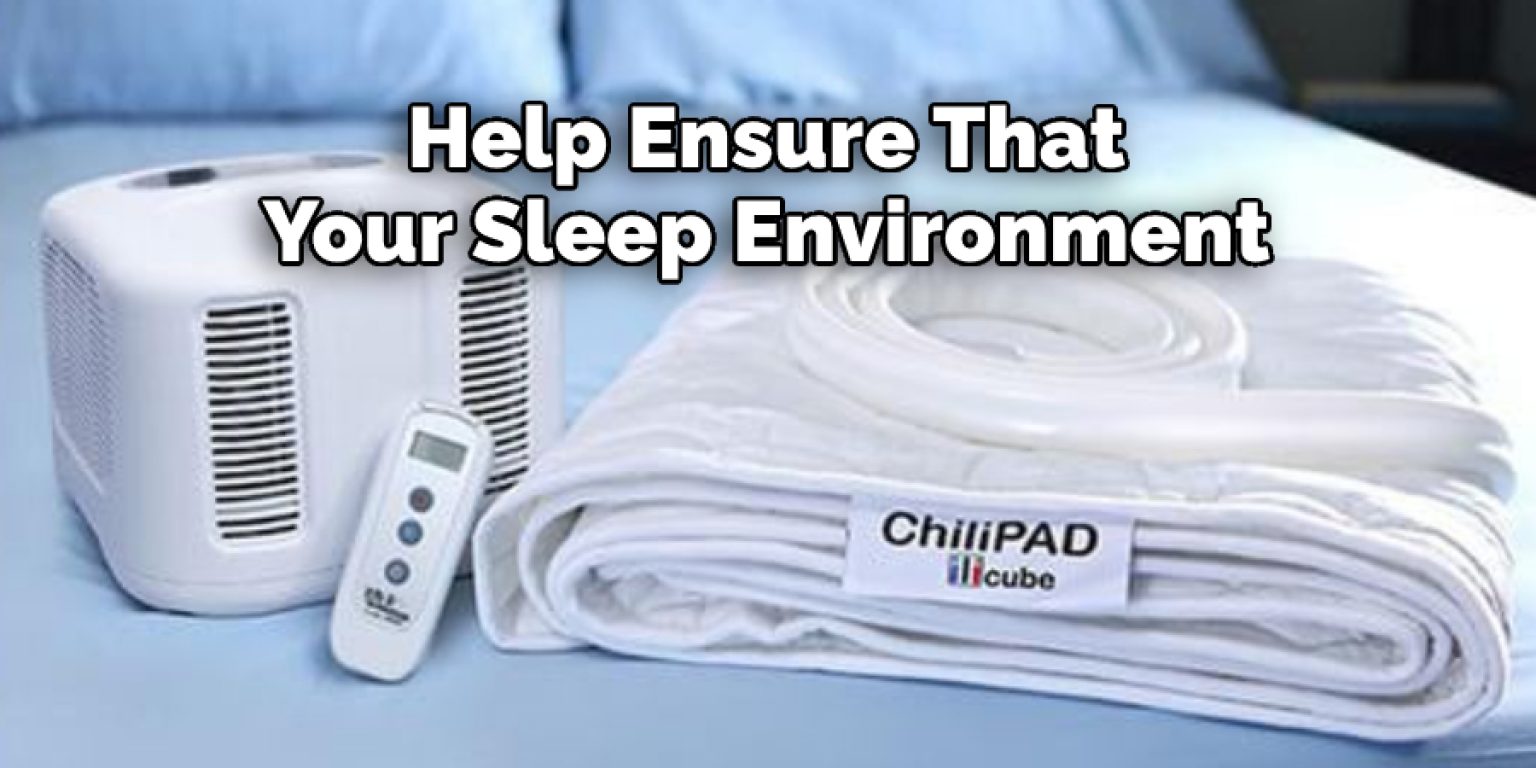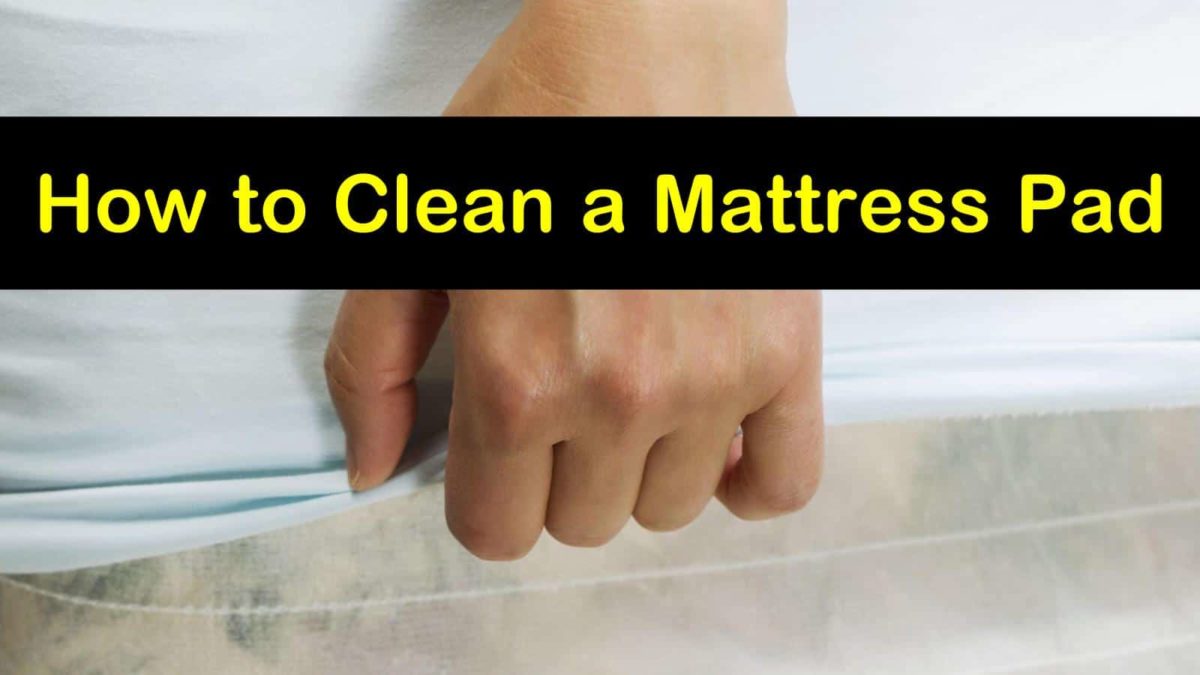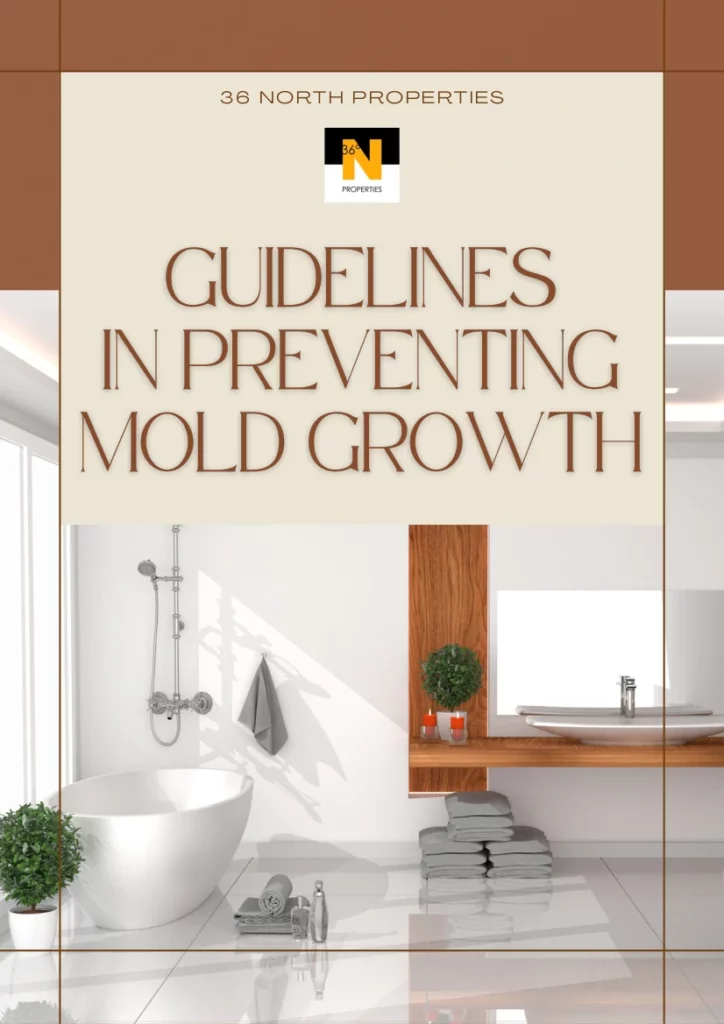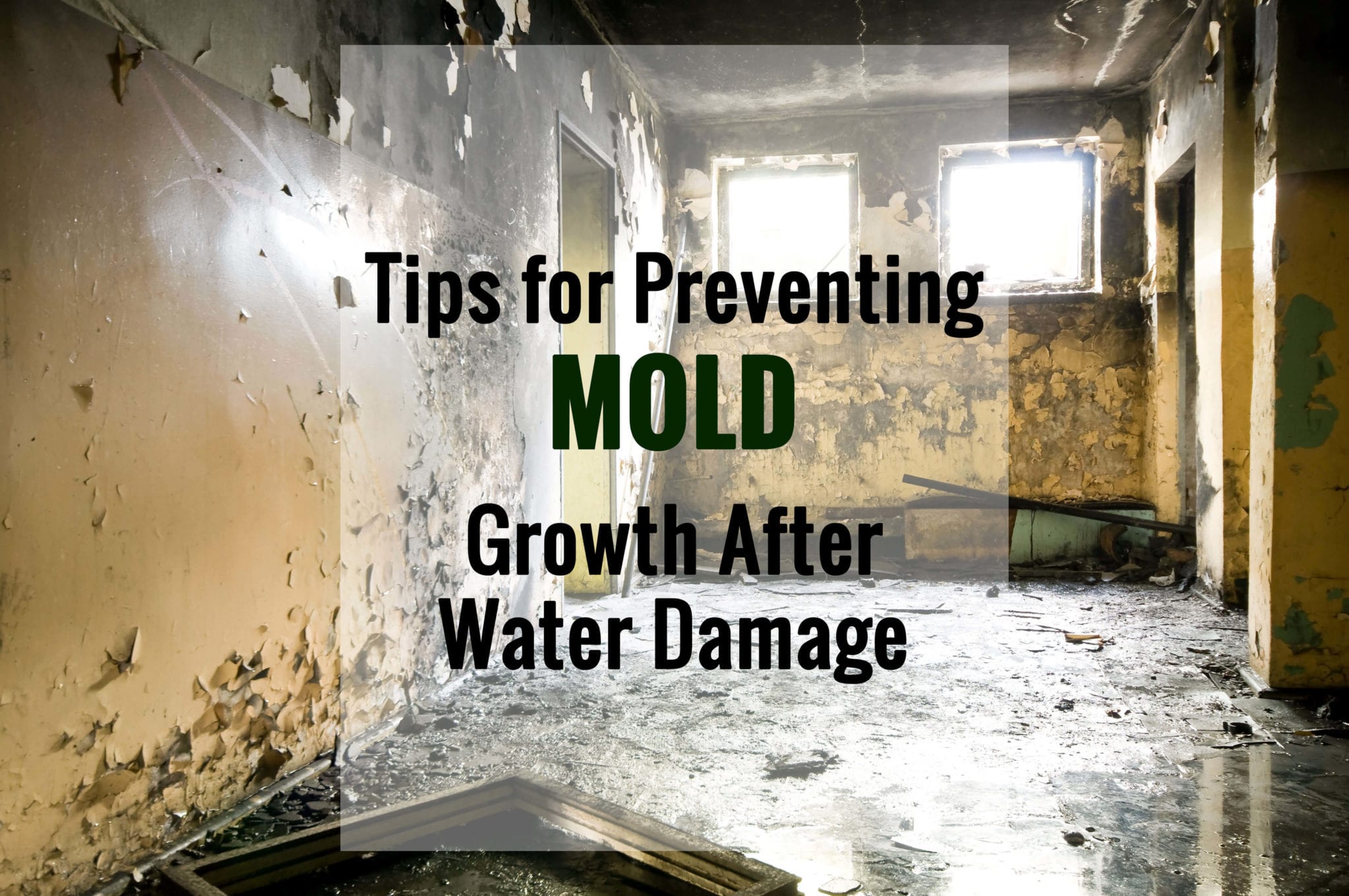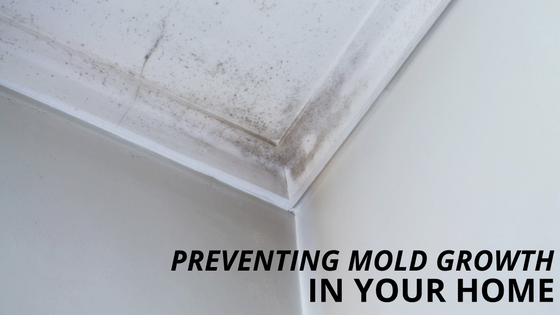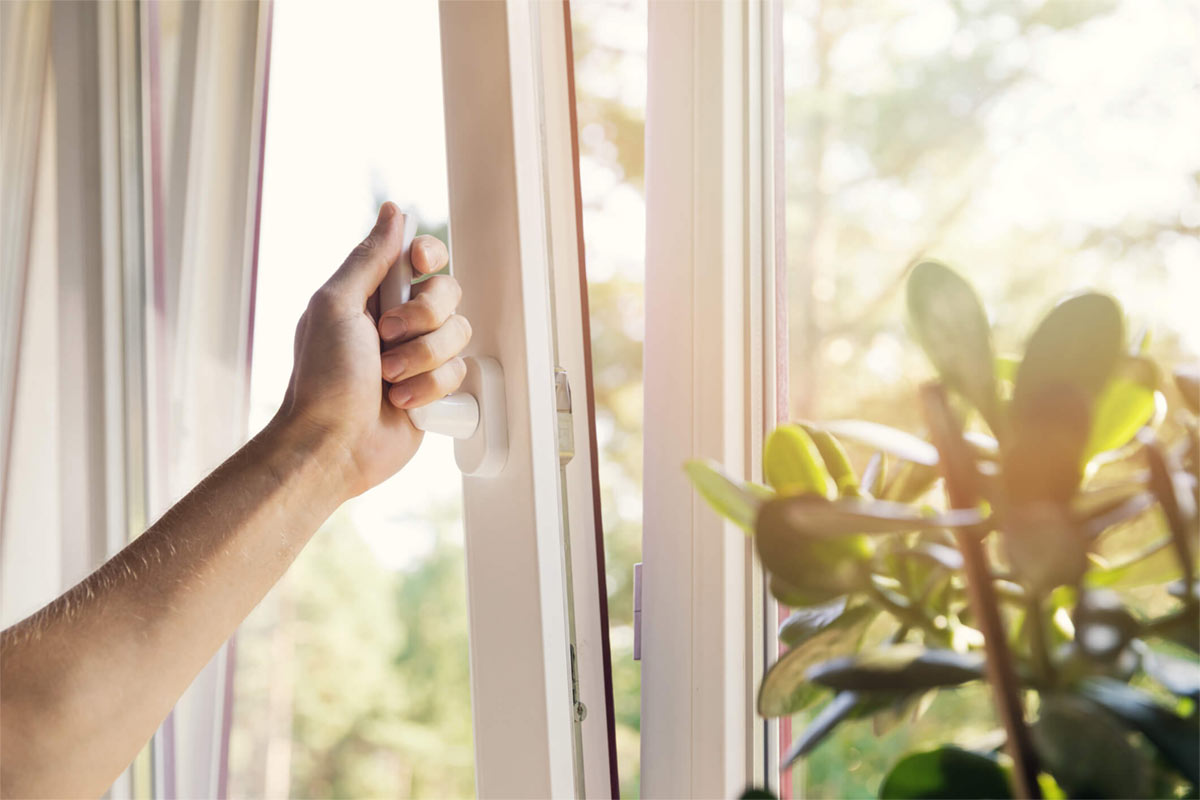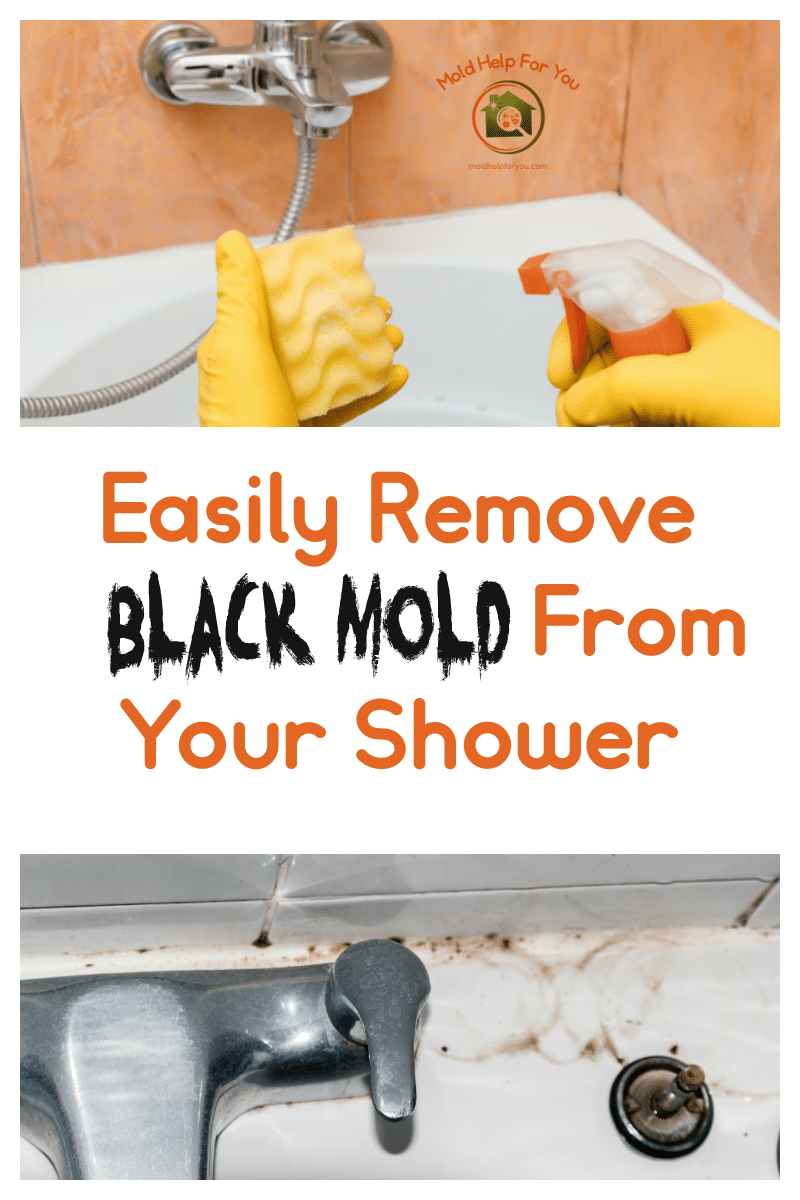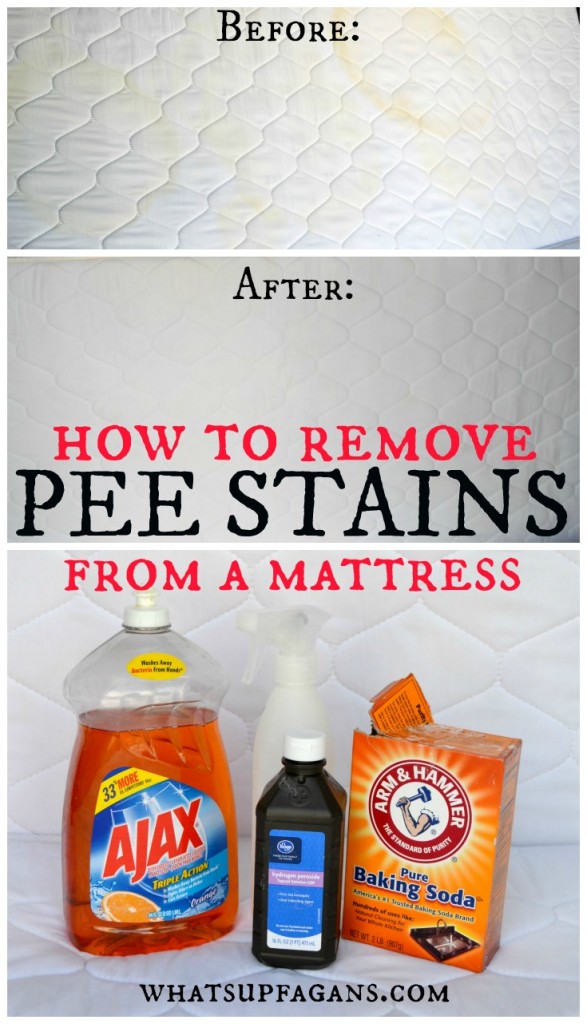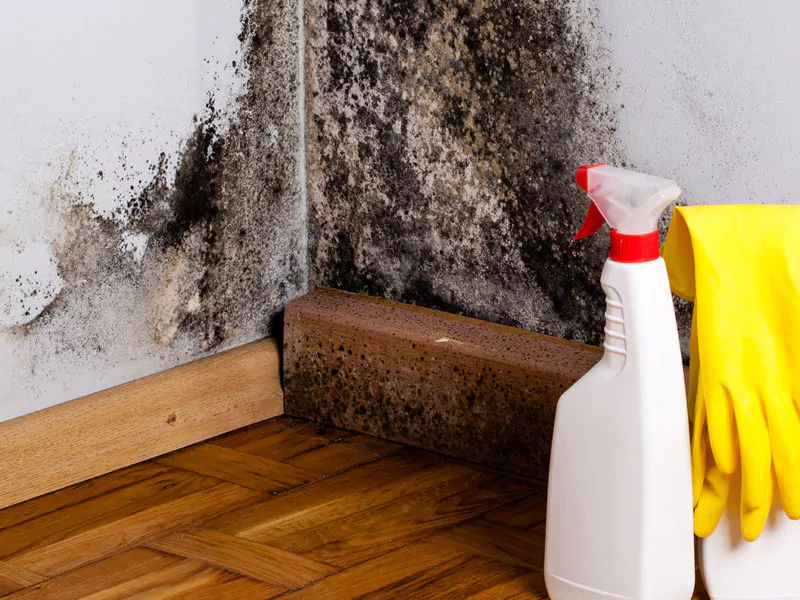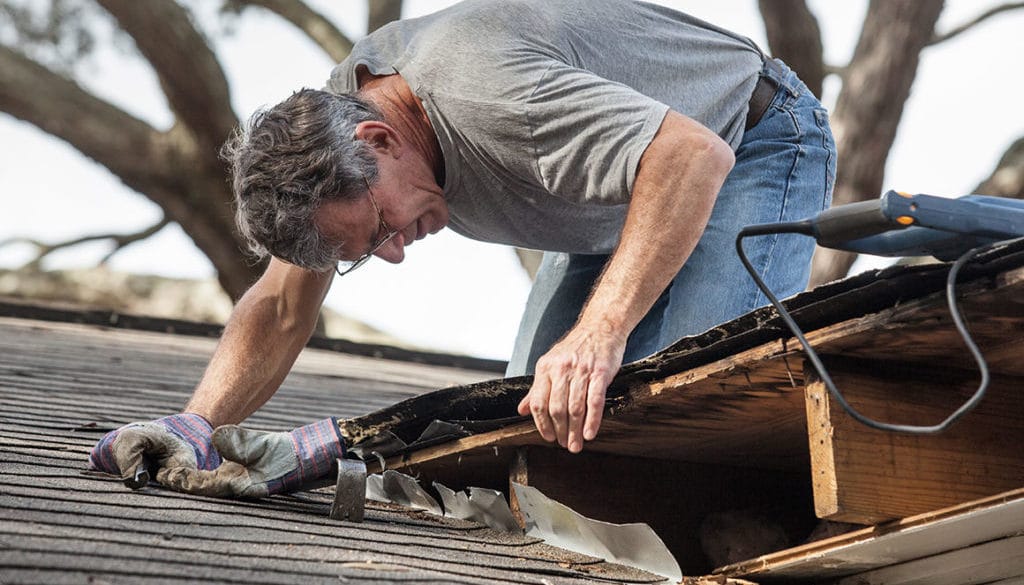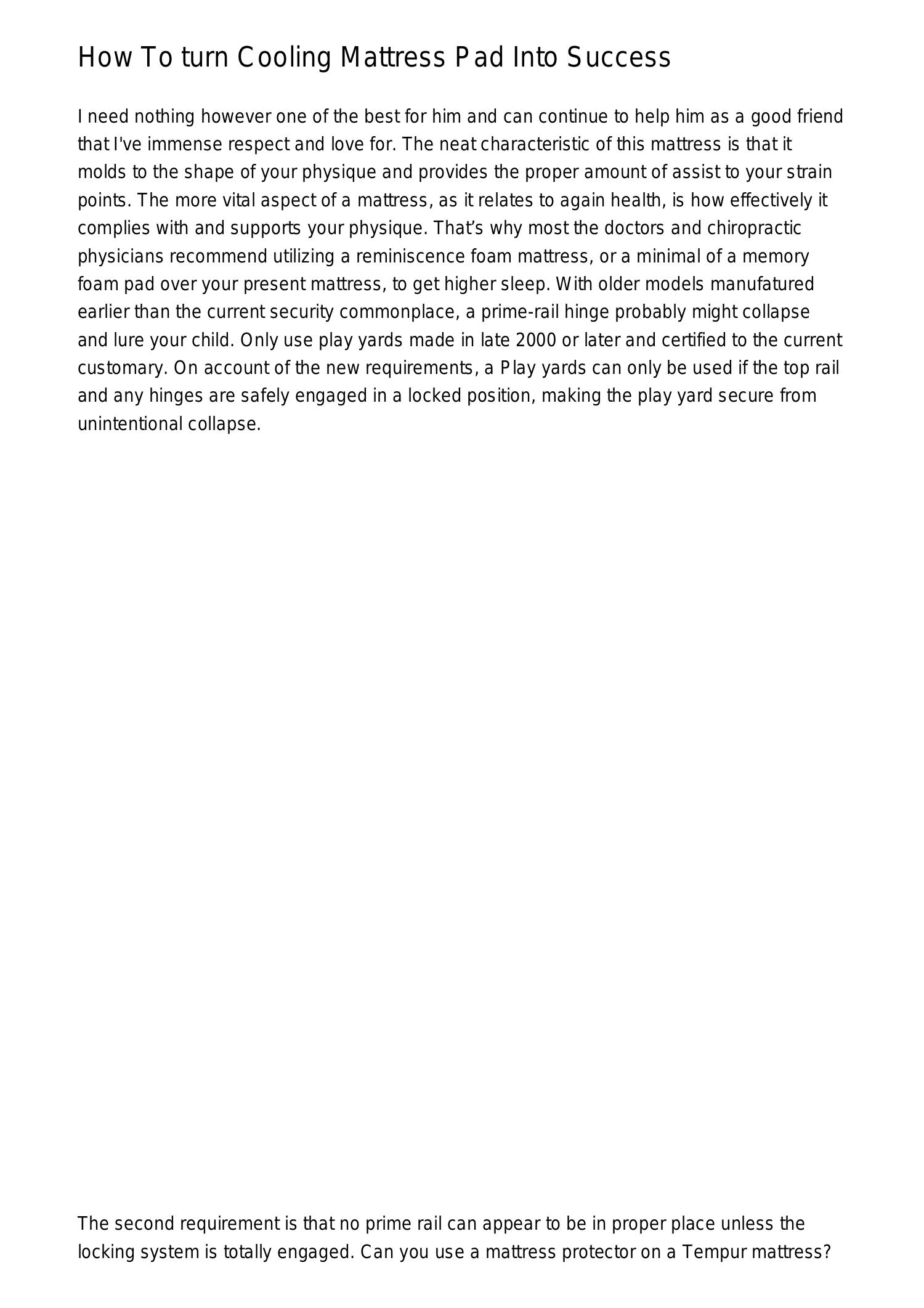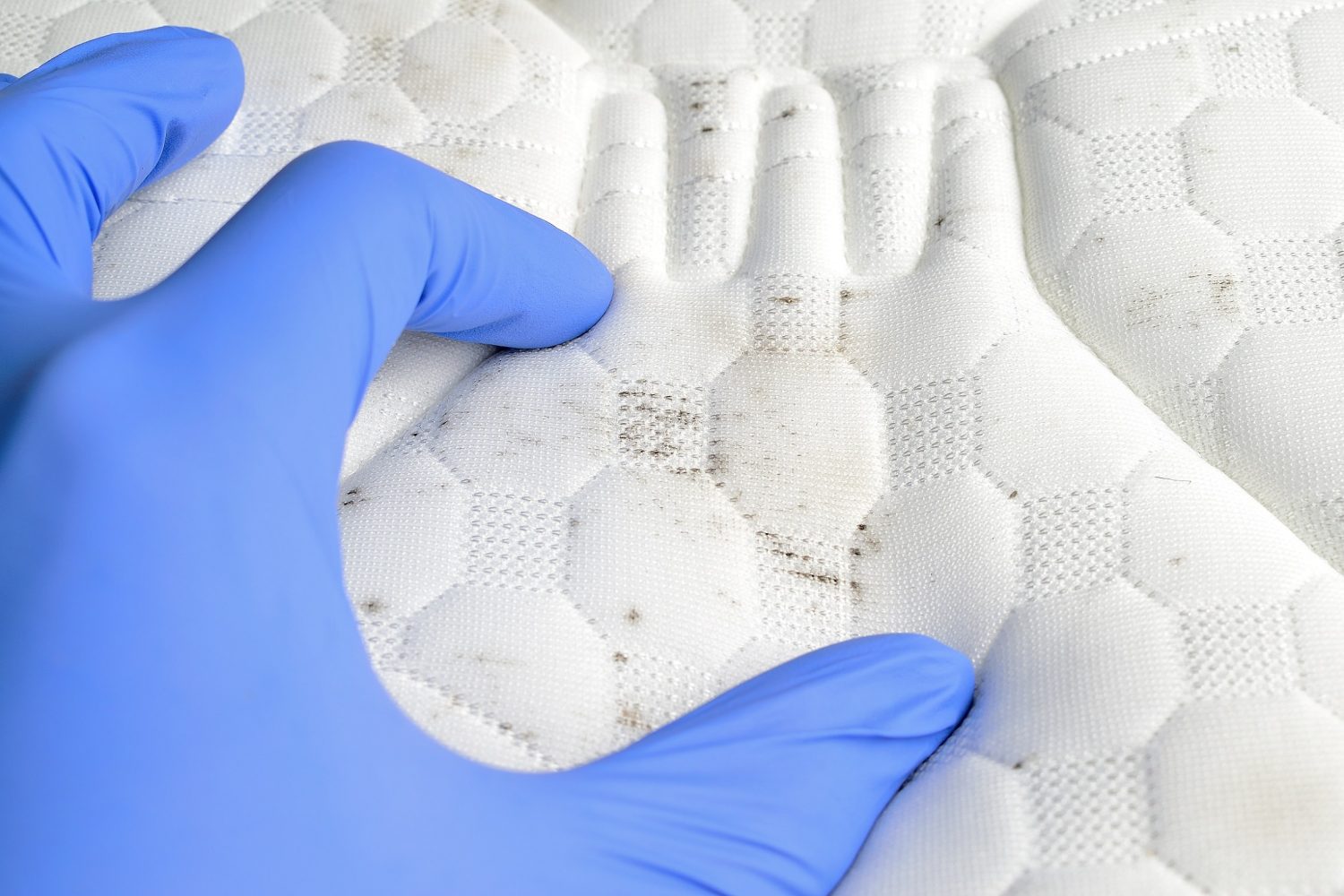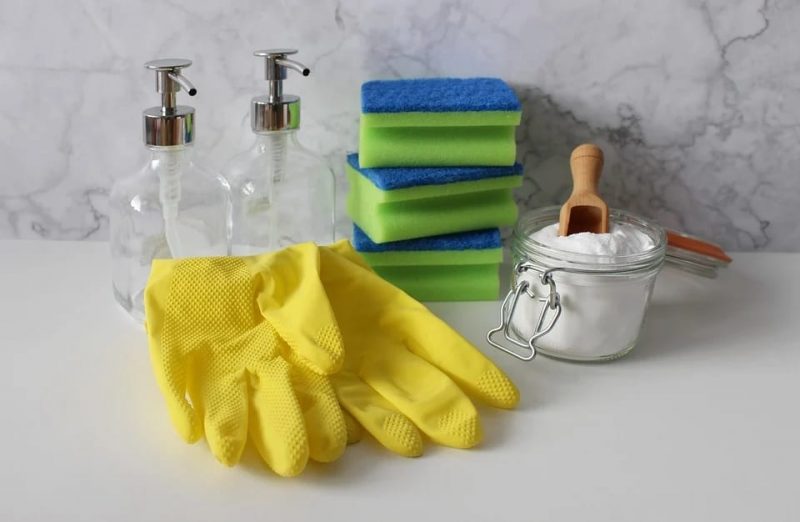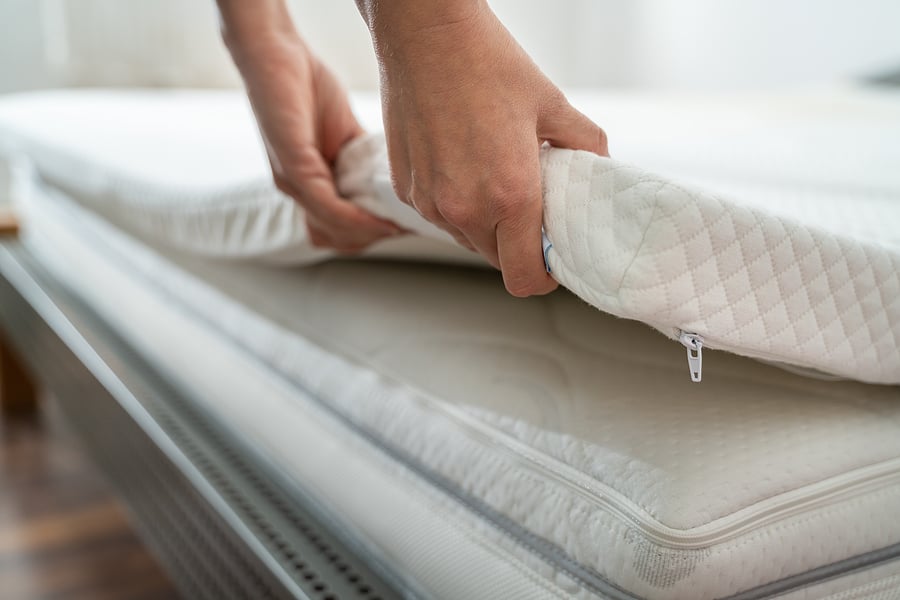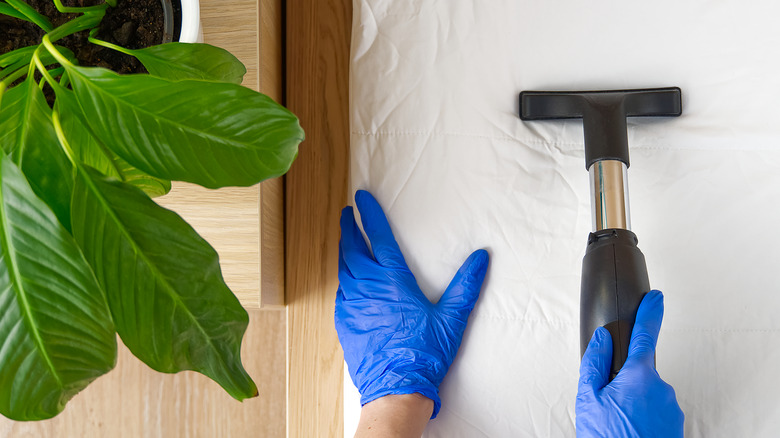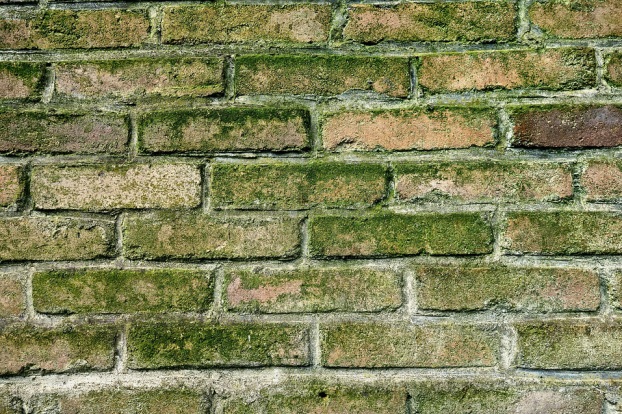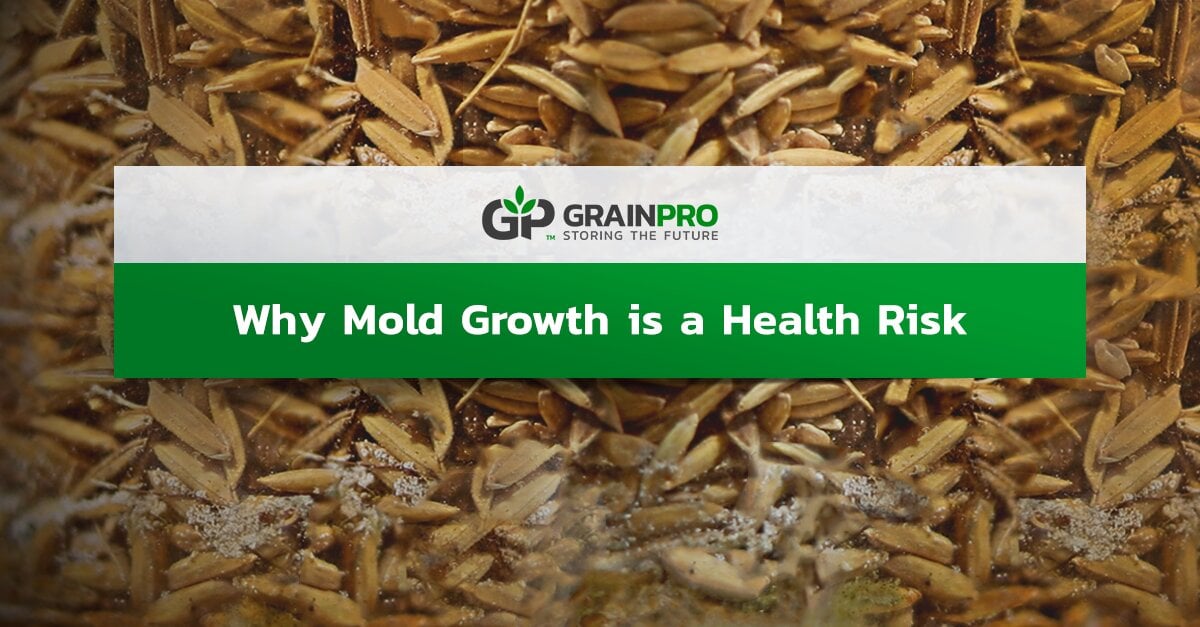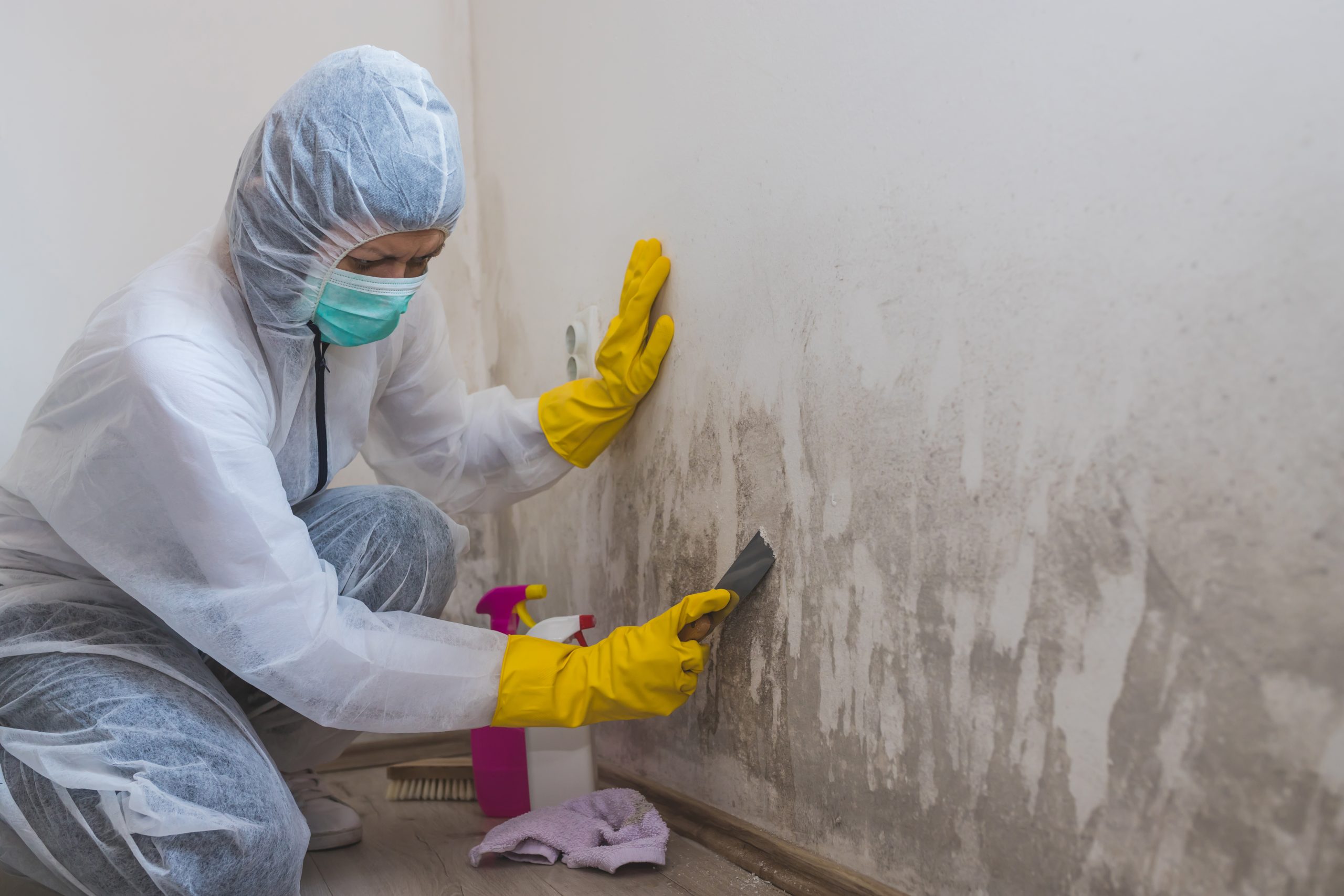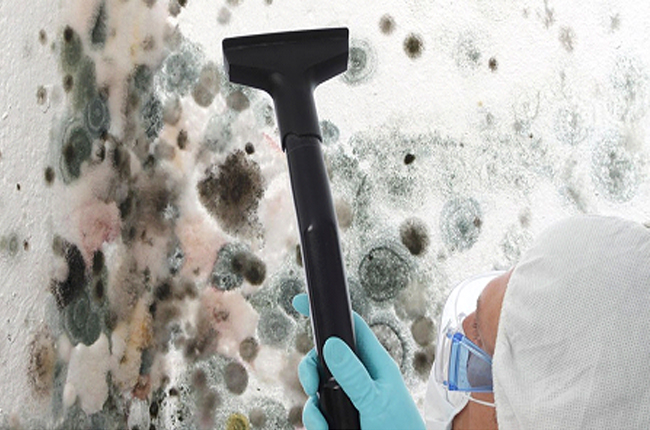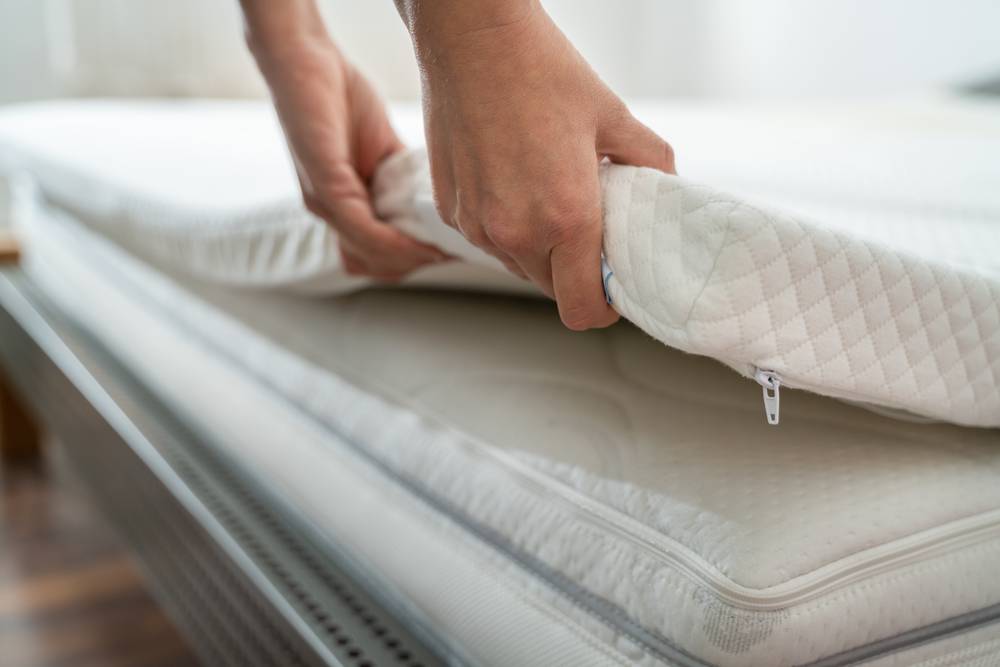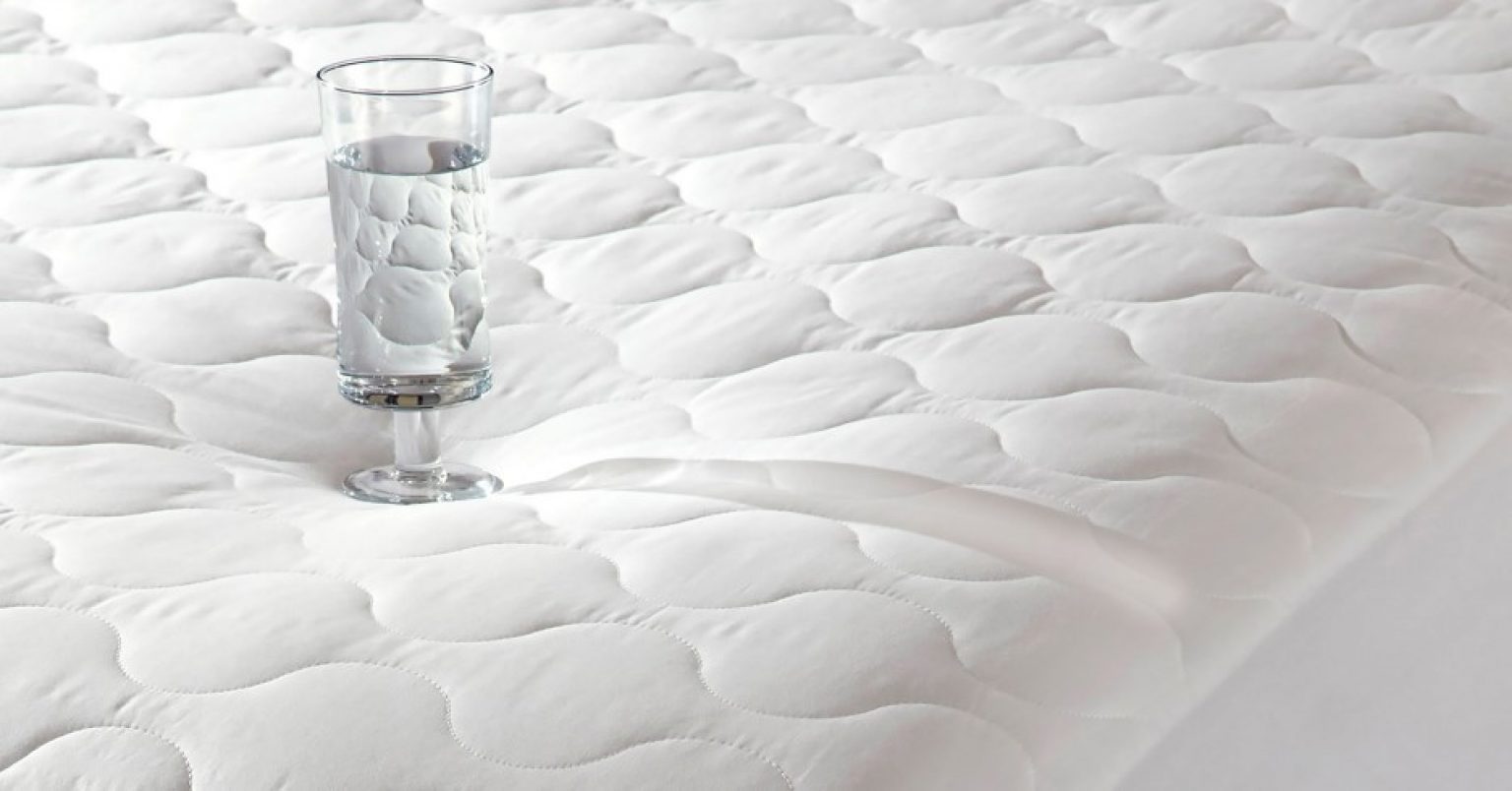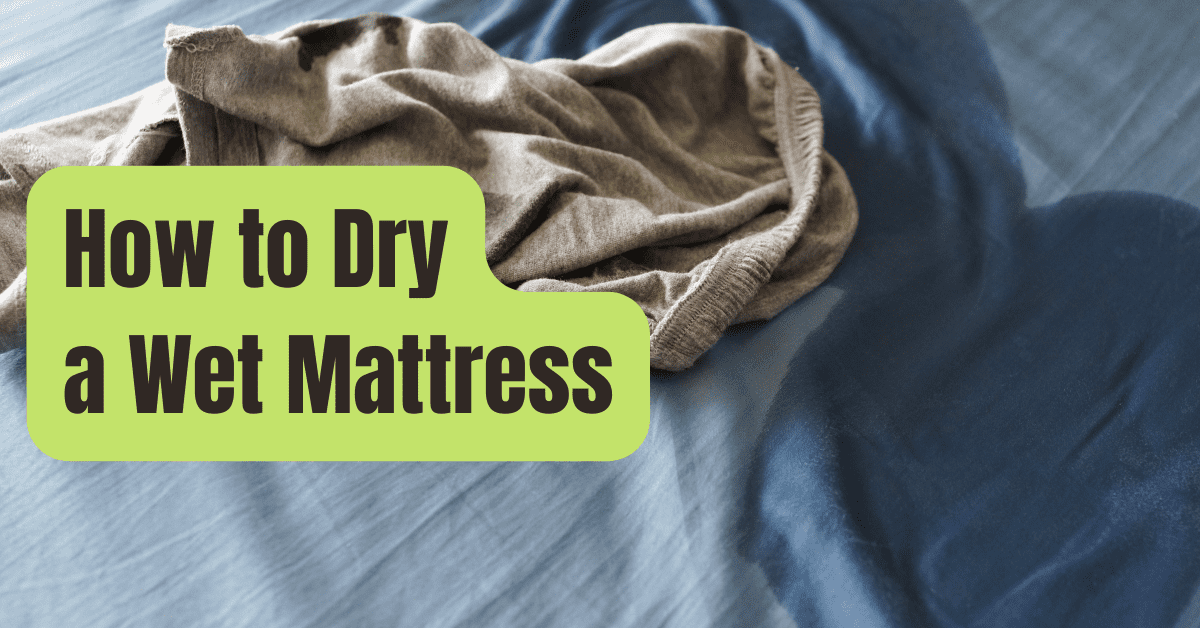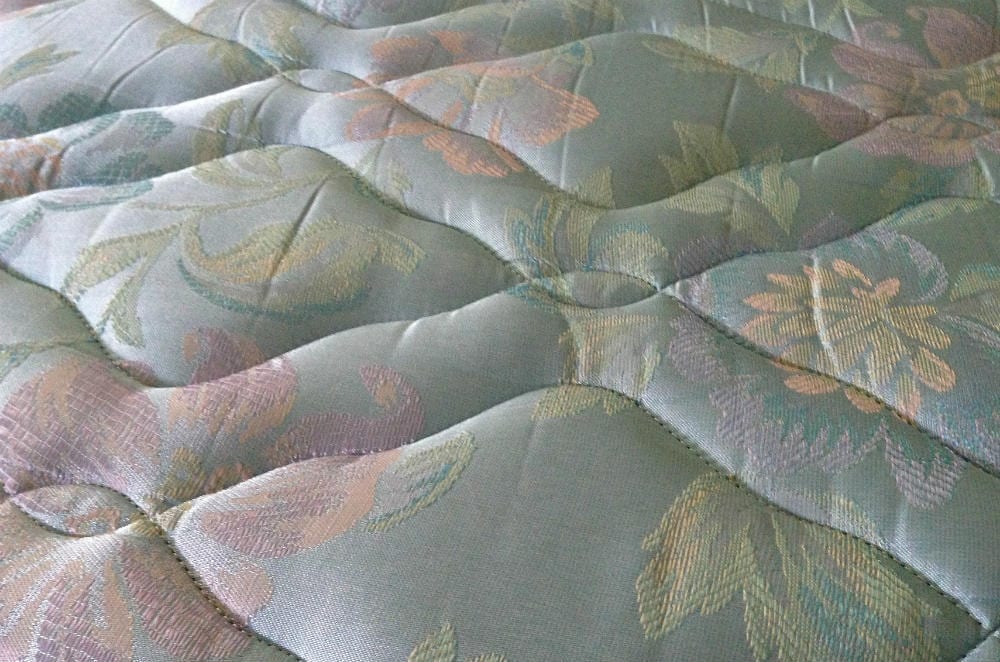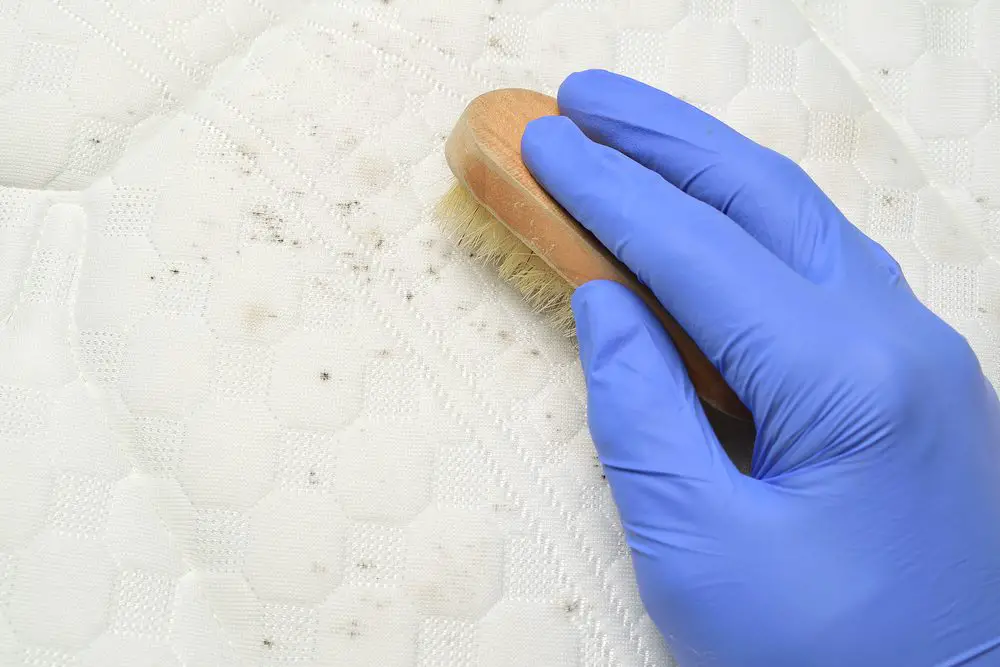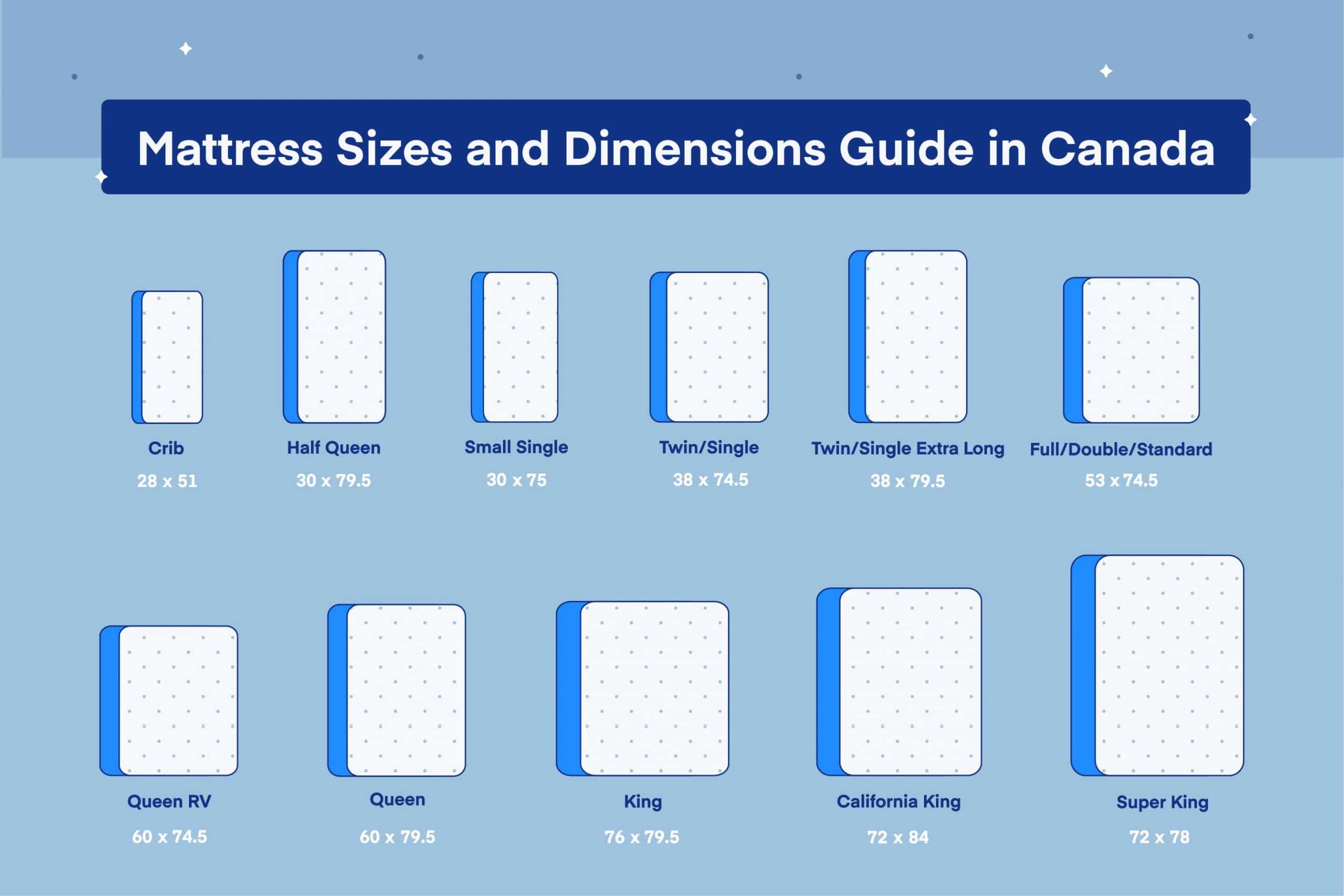If you've noticed black spots or a musty smell on your mattress pad, it's likely that mold has started to grow. Not only is this unpleasant, but it can also be harmful to your health. Luckily, there are steps you can take to effectively remove mold from your mattress pad and prevent it from returning.How to Remove Mold from a Mattress Pad
When dealing with mold, it's important to wear protective gear such as gloves, a mask, and goggles to avoid inhaling or touching the spores. Start by removing the mattress pad from your bed and taking it outside to shake off any loose mold. Then, mix equal parts of water and distilled white vinegar in a spray bottle and generously spray the affected areas. Let it sit for at least 30 minutes, then scrub with a brush and rinse with water. Finally, hang the mattress pad outside to dry completely before putting it back on your bed.How to Clean a Mattress Pad with Mold
The best way to deal with mold is to prevent it from growing in the first place. To do this, make sure your mattress pad is completely dry before putting it back on your bed. If you live in a humid area, consider using a dehumidifier in your bedroom to reduce moisture. You can also sprinkle baking soda on your mattress pad before putting it back on your bed to absorb any remaining moisture.Preventing Mold Growth on Mattress Pads
If you prefer to use natural methods, there are a few DIY options for removing mold from your mattress pad. One option is to mix equal parts of water and hydrogen peroxide in a spray bottle and spray it on the affected areas. Let it sit for 10-15 minutes, then scrub and rinse with water. Another option is to use a mixture of water, lemon juice, and salt to scrub the mold off the mattress pad.DIY Mold Removal for Mattress Pads
Mold can be sneaky and often goes unnoticed until it becomes a bigger problem. Some signs to look out for include a musty smell, visible black or green spots, or any discoloration on your mattress pad. If you notice any of these signs, it's important to take action immediately to prevent the mold from spreading.Signs of Mold on a Mattress Pad
If you prefer to use commercial products, there are several options available for removing mold from your mattress pad. Look for products that specifically target mold and follow the instructions carefully. Some popular options include bleach, hydrogen peroxide, and enzyme-based cleaners.Best Products for Removing Mold from Mattress Pads
Mold can cause a variety of health issues, especially for those with allergies or respiratory problems. Breathing in mold spores can lead to symptoms such as coughing, sneezing, and wheezing. In more severe cases, it can even cause respiratory infections. It's important to address mold on your mattress pad to avoid these health risks.Health Risks of Mold on Mattress Pads
If the mold on your mattress pad is extensive or you're not comfortable handling it yourself, it's best to seek professional help. A mold remediation specialist will have the proper equipment and training to safely remove mold from your mattress pad and prevent it from returning.Professional Mold Removal for Mattress Pads
A wet mattress pad is a breeding ground for mold, so it's important to dry it thoroughly before putting it back on your bed. If your mattress pad is wet, remove it from your bed and lay it flat on a clean, dry surface. Use a towel to blot up as much moisture as possible, then let it air dry completely before putting it back on your bed.How to Dry a Wet Mattress Pad to Prevent Mold Growth
If you prefer to avoid harsh chemicals, there are natural remedies for removing mold from your mattress pad. Tea tree oil, grapefruit seed extract, and essential oils such as lavender and eucalyptus have antifungal properties that can help kill mold. Simply mix a few drops with water and spray it on the affected areas, then scrub and rinse.Natural Remedies for Removing Mold from Mattress Pads
The Dangers of Mold Growing on Your Mattress Pad

The Importance of Maintaining a Clean Mattress Pad
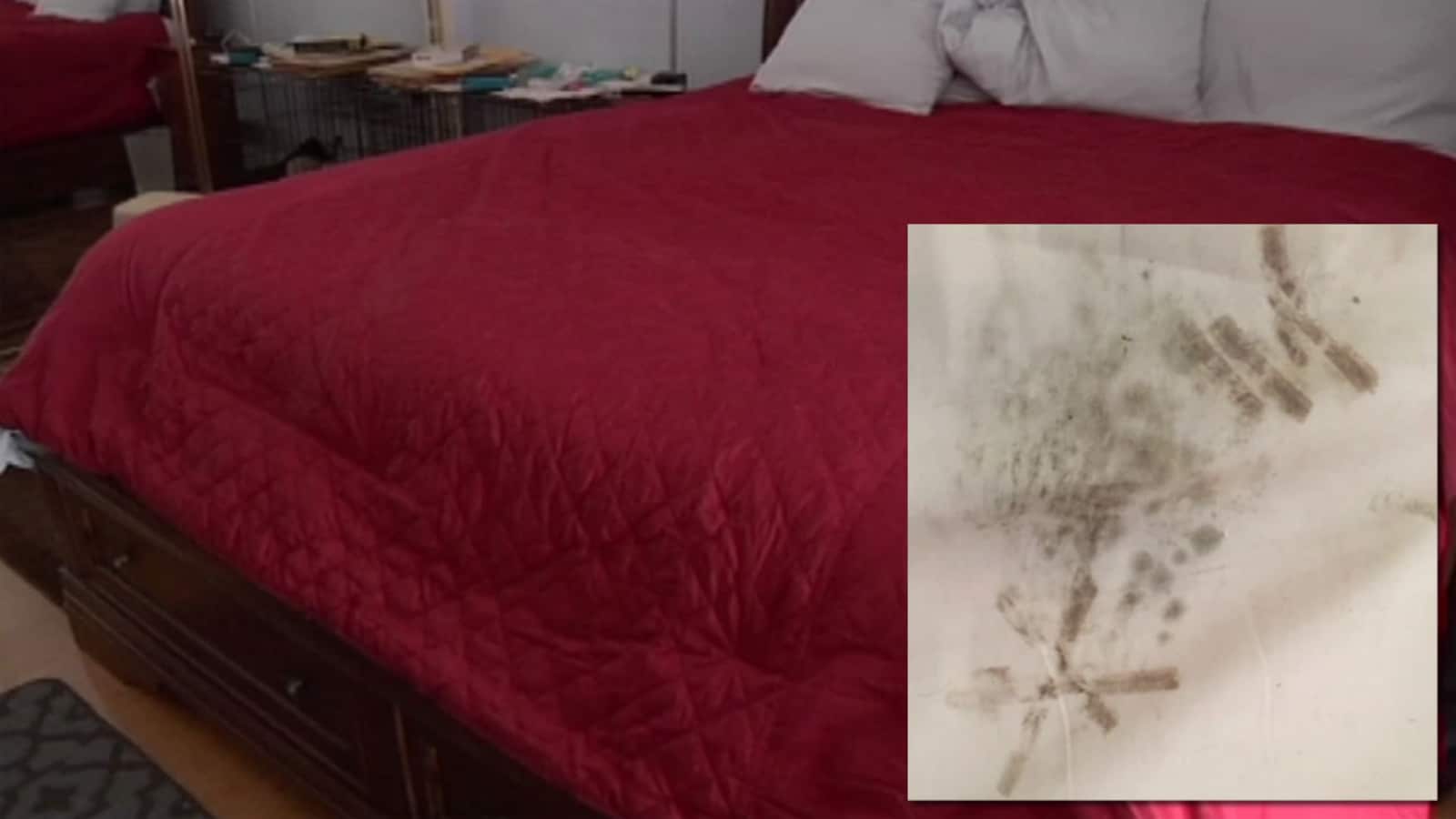 Finding mold on your mattress pad may seem like a minor inconvenience, but it can actually pose serious health risks. Mold is a type of fungus that thrives in warm, damp environments, making your mattress pad the perfect breeding ground. As you sleep, your body releases moisture and oils, creating a perfect environment for mold to grow. This can lead to a variety of health issues, including respiratory problems, allergies, and skin irritation. That's why it's crucial to keep your mattress pad clean and free of mold.
Finding mold on your mattress pad may seem like a minor inconvenience, but it can actually pose serious health risks. Mold is a type of fungus that thrives in warm, damp environments, making your mattress pad the perfect breeding ground. As you sleep, your body releases moisture and oils, creating a perfect environment for mold to grow. This can lead to a variety of health issues, including respiratory problems, allergies, and skin irritation. That's why it's crucial to keep your mattress pad clean and free of mold.
The Negative Effects of Mold on Your Health
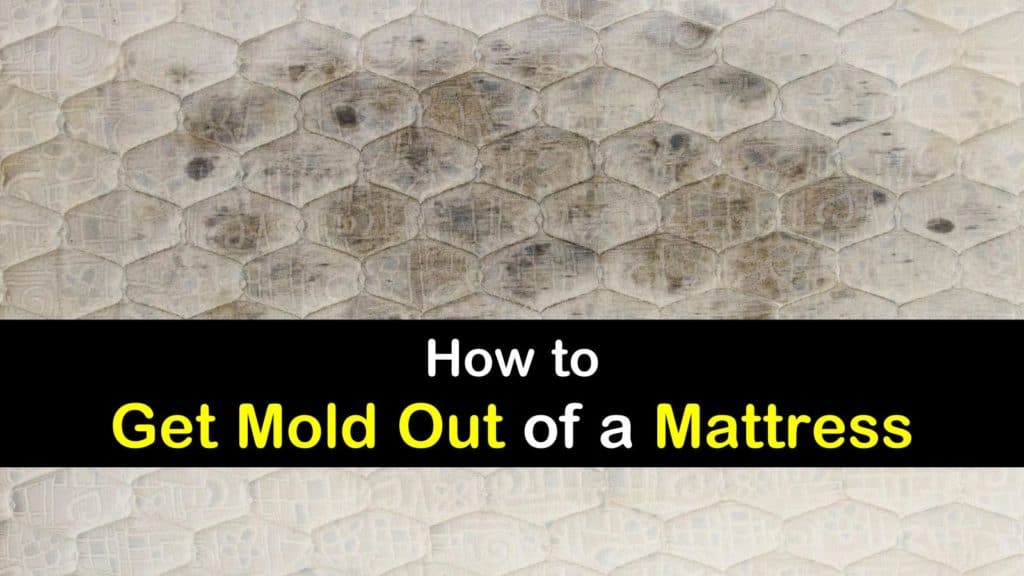 Mold can release spores into the air, which can trigger allergic reactions in some people. These reactions can range from mild symptoms like sneezing and coughing to more severe reactions such as asthma attacks. If left untreated, mold can also cause respiratory infections and aggravate existing conditions like asthma and chronic bronchitis. In addition to respiratory issues, mold can also cause skin irritation, leading to rashes or hives. These health risks are particularly concerning for young children, the elderly, and those with weakened immune systems.
Mold can release spores into the air, which can trigger allergic reactions in some people. These reactions can range from mild symptoms like sneezing and coughing to more severe reactions such as asthma attacks. If left untreated, mold can also cause respiratory infections and aggravate existing conditions like asthma and chronic bronchitis. In addition to respiratory issues, mold can also cause skin irritation, leading to rashes or hives. These health risks are particularly concerning for young children, the elderly, and those with weakened immune systems.
Preventing Mold on Your Mattress Pad
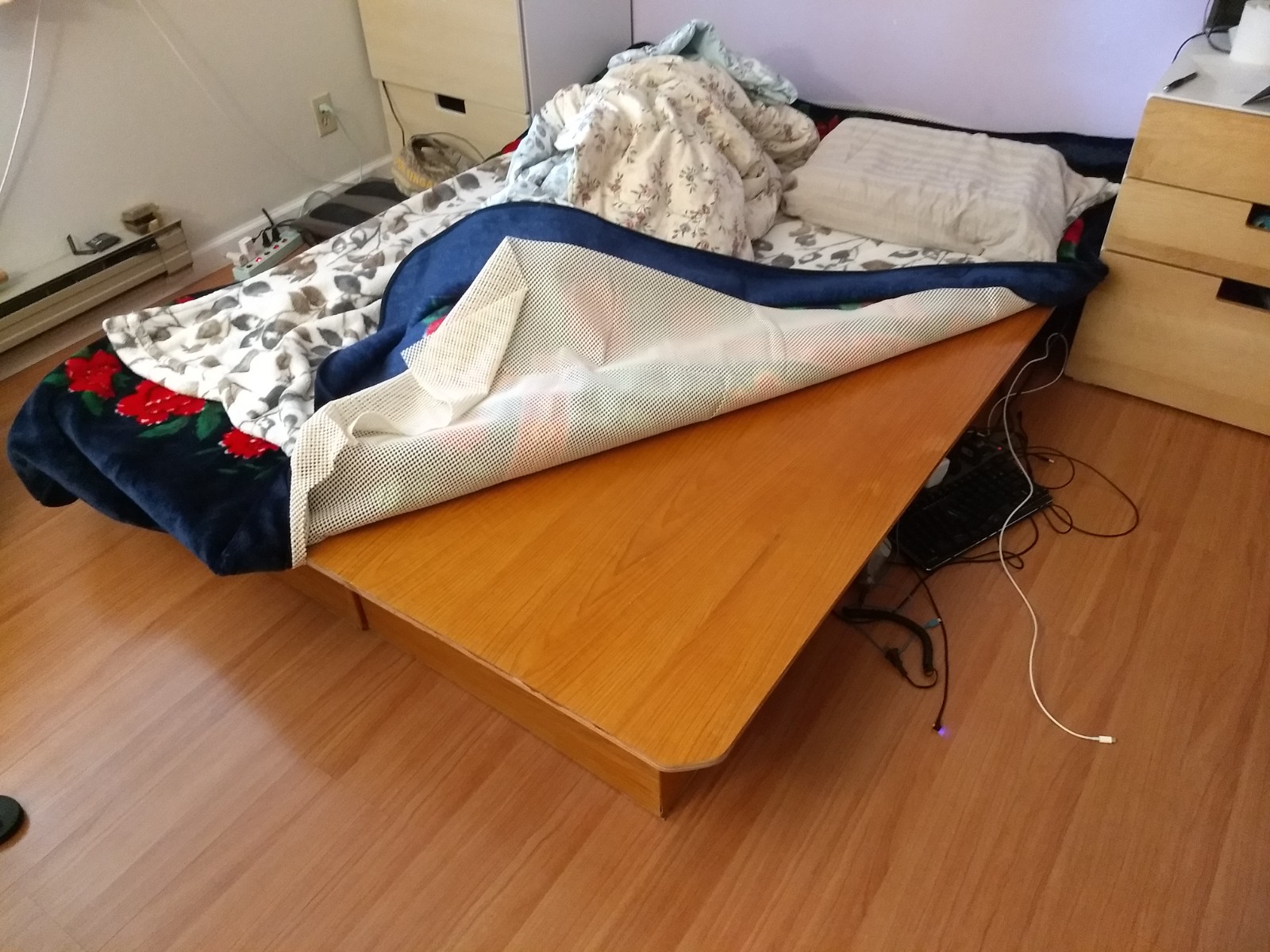 The best way to prevent mold from growing on your mattress pad is by keeping it clean and dry. This means regularly washing your bedding, including your mattress pad, in hot water and using a high-quality mattress pad cover to protect against moisture. It's also important to keep your bedroom well-ventilated and at a cool temperature to discourage mold growth. If you notice any signs of mold on your mattress pad, such as a musty smell or visible spots, it's important to promptly address the issue and clean your bedding thoroughly.
The best way to prevent mold from growing on your mattress pad is by keeping it clean and dry. This means regularly washing your bedding, including your mattress pad, in hot water and using a high-quality mattress pad cover to protect against moisture. It's also important to keep your bedroom well-ventilated and at a cool temperature to discourage mold growth. If you notice any signs of mold on your mattress pad, such as a musty smell or visible spots, it's important to promptly address the issue and clean your bedding thoroughly.
Conclusion
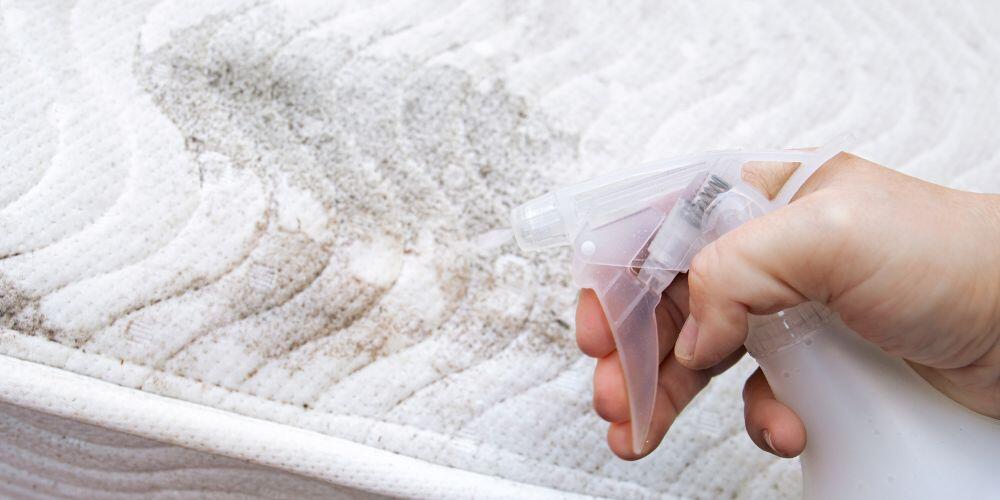 In conclusion, mold growing on your mattress pad is not only unsightly but also poses serious health risks. By maintaining a clean and dry sleeping environment, you can prevent mold from growing and protect yourself and your loved ones from potential health issues. Remember to regularly wash your bedding, use a high-quality mattress pad cover, and keep your room well-ventilated to prevent mold growth. With these simple steps, you can ensure your mattress pad remains a safe and comfortable place to rest your head.
In conclusion, mold growing on your mattress pad is not only unsightly but also poses serious health risks. By maintaining a clean and dry sleeping environment, you can prevent mold from growing and protect yourself and your loved ones from potential health issues. Remember to regularly wash your bedding, use a high-quality mattress pad cover, and keep your room well-ventilated to prevent mold growth. With these simple steps, you can ensure your mattress pad remains a safe and comfortable place to rest your head.



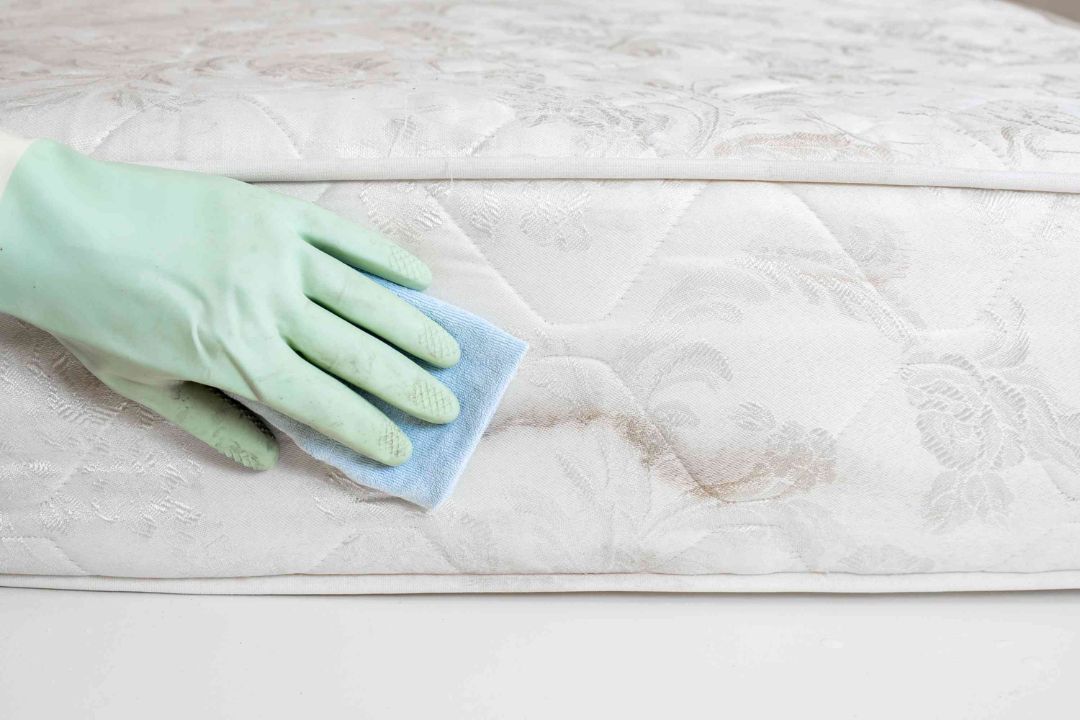
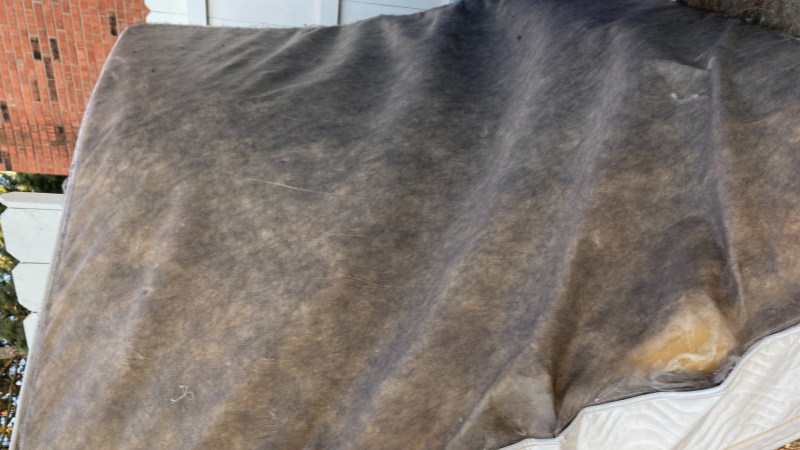

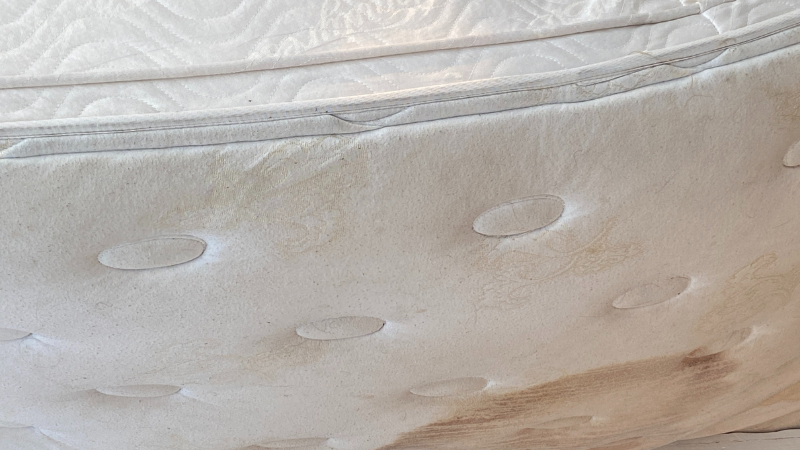

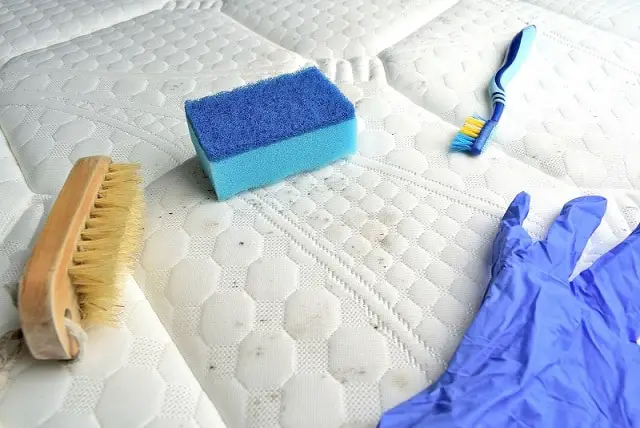

/GettyImages-183812306-56a4e8855f9b58b7d0d9d750.jpg)


